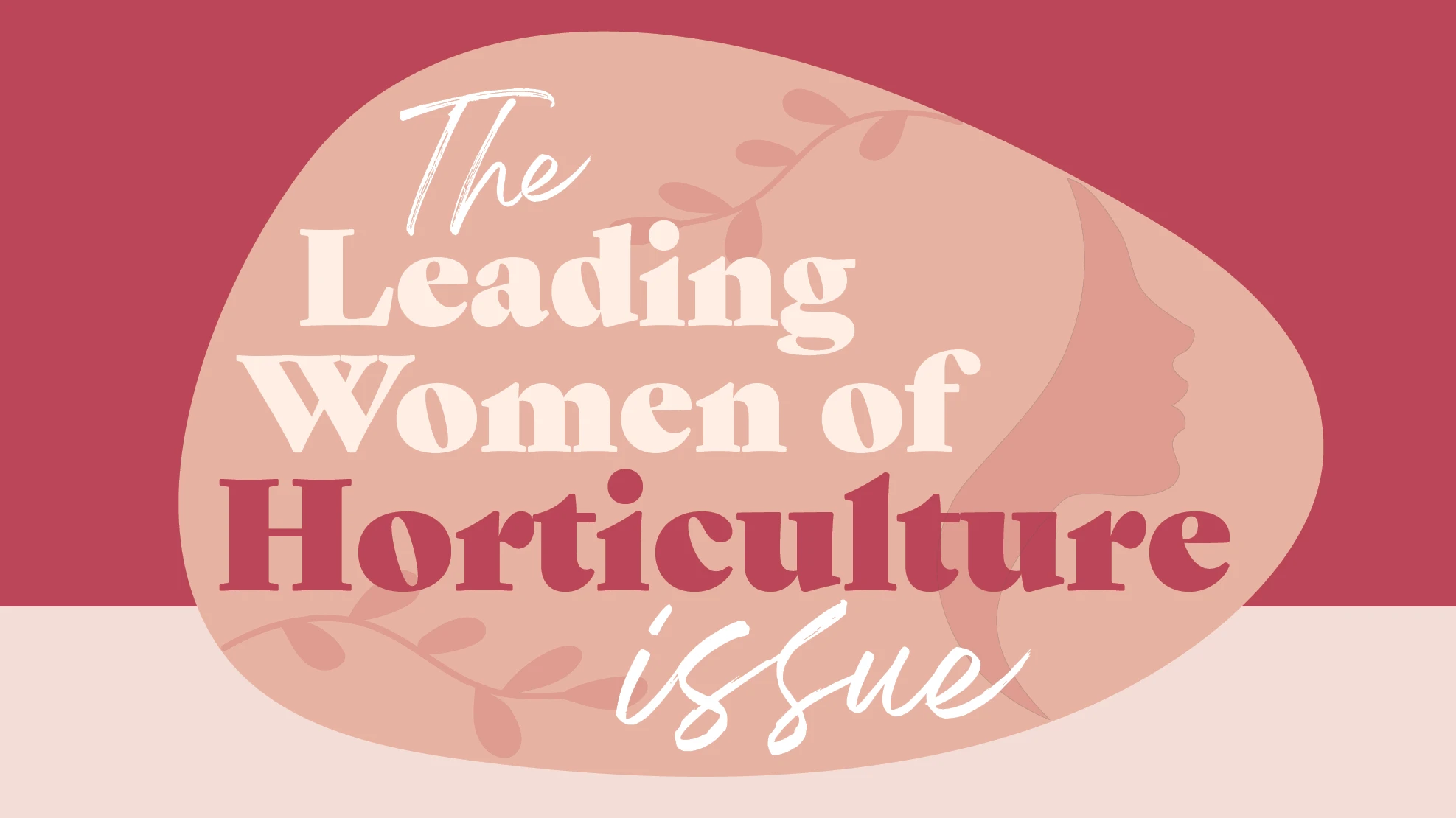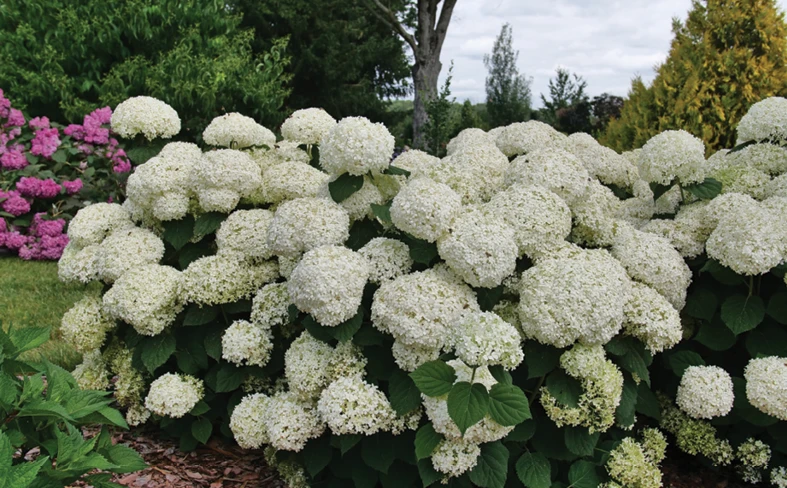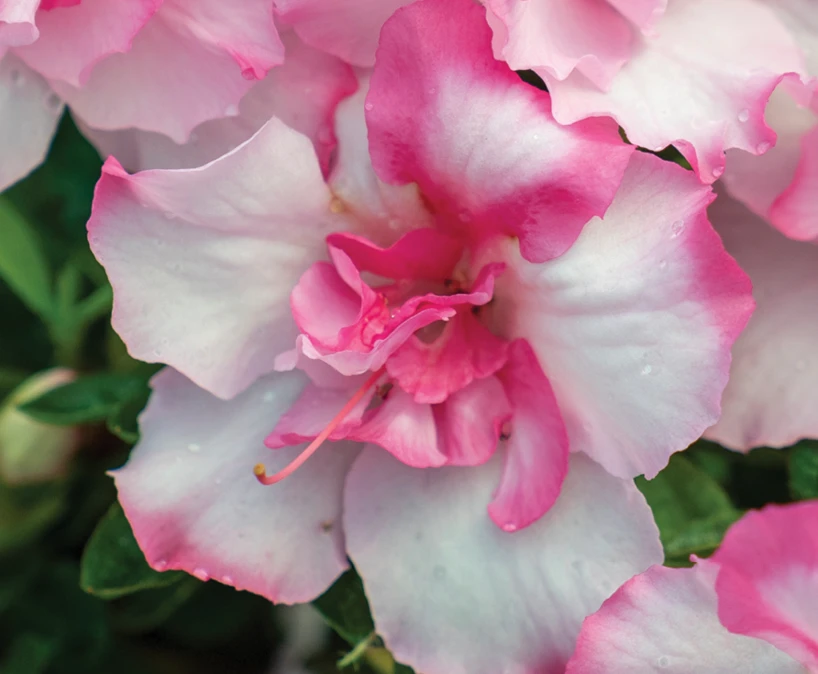The key to overwintering is to maintain even temperature, keeping the plants cold and alive but not actively growing. When plants are allowed to freeze and then thaw, there is a greater risk for plant loss. The degree of winter protection should be based on the expected minimum temperatures at a particular site and the root hardiness (the lowest temperature at which roots survive) of species being grown. Root and crown hardiness have only begun to be identified for herbaceous perennials by researchers. Until root hardiness is identified, growers have no choice but to take steps to avoid losses of plants.
When to cover and uncover
It is not uncommon to see plants being covered as late as November or early December. Waiting as long as possible to cover plants will allow plants to harden off which minimizes the risk of winter injury. A general guideline for covering is to use the first frost date (F) + 30 or F + 45. For example, if the first frost date is Oct. 15 then F + 30 or F + 45 would be Nov. 15 or Nov. 30.
Plants should not be uncovered until after the danger of subfreezing temperatures. Plants are usually uncovered as soon as possible in spring and this of course will vary across the state depending on weather conditions. The goal is to prevent premature shoot growth and to ensure that unusually cold weather in late winter and early spring does not kill or injure plants. Inspect protected plants frequently for signs of shoot growth and vent to introduce cool air to slow plant development and harden plants. In early spring, some growers cut holes in poly coverings to ensure adequate ventilation while still providing adequate protection from frosts.
In summary, proper overwintering of container grown ornamentals is essential to maintain high plant quality. The system choice depends on capital as well as the amount of protection required by the plants.
To determine the extent of winter protection required for the plants, growers can refer to this UMass Extension fact sheet. The following table describes the average temperatures needed to kill the roots of woody ornamental plants.
Once you understand the tolerance level of the plant, you can develop a plan using the appropriate overwintering technique.
| Average killing temperatures for roots of selected species of woody ornamental plants. | ||
| Scientific Name | Common Name | Killing Temperature °F |
| Magnolia soulangiana | Saucer Magnolia | 23 |
| Magnolia stellata | Star Magnolia | 23 |
| Cornus florida | Flowering Dogwood | 20 |
| Daphne cneorum | Garland Flower | 20 |
| Ilex crenata 'Convexa' | Convex Japanese Holly | 20 |
| Ilex crenata 'Hetzi' | Hetz Japanese Holly | 20 |
| Ilex crenata 'Stokesii' | Stokes Japanese Holly | 20 |
| Ilex opaca | American Holly | 20 |
| Pyracantha coccinea | Fire Thorn | 18 |
| Cryptomeria japonica | Japanese Cedar | 16 |
| Cotoneaster horizontalis | Rock Cotoneaster | 15 |
| Viburnum carlesii | Korean Spice Viburnum | 15 |
| Cytisus praecox | Warminster broom | 15 |
| Buxus sempervirens | Common Boxwood | 15 |
| Ilex glabra | Inkberry Holly | 15 |
| Euonymus fortunei 'Carrierei' | Carrier Euonymus | 15 |
| Euonymus fortunei 'Argenteo-marginata' | Variegated Euonymus | 15 |
| Hedera helix 'Baltica' | Baltic Ivy | 15 |
| Pachysandra terminalis | Japanese pachysandra | 15 |
| Vinca minor | Common Periwinkle | 15 |
| Pieris japonica 'Compacta' | Compact Pieris | 15 |
| Acer palmatum 'Atropurpureum' | Bloodleaf Japanese Maple | 14 |
| Cotoneater adpressa praecox | Nan-Shan Cotoneaster | 10 |
| Taxus media 'Nigra' | Black Anglojap Yew | 10 |
| Rhododendron 'Gibraltar' | Gibraltar Azalea | 10 |
| Rhododendron 'Hinodegiri' | Azalea hybrid | 10 |
| Pieris japonica | Japanese Pieris | 10 |
| Leucothoe fontanesiana | Drooping Leucothoe | 5 |
| Pieris floribunda | Flowering Pieris | 5 |
| Euonymus fortunei 'Colorata' | Purple Leaf Wintercreeper | 5 |
| Juniperus horizontalis | Creeping Juniper | 0 |
| Juniperus horizontalis 'Douglasii' | Waukegan Juniper | 0 |
| Rhododendron carolinianum | Carolina Rhododendron | 0 |
| Rhododendron catawbiense | Catawba Rhododendron | -10 |
| Rhododendron P.J.M. hybrids | P.J.M. Rhododendron | -10 |
| Potentilla fruticosa | Shrubby Cinquefoil | -10 |
| Picea glauca | White Spruce | -10 |
| Picea omorika | Serbian Spruce | -10 |
| Highest temperature that killed more than 50% of root system and reduced top growth. SOURCE: Havis, J.R. 1964. Root hardiness of woody ornamentals. HortScience 11(4):385-386. | ||
For more information, visit the UMass Extension online here.





